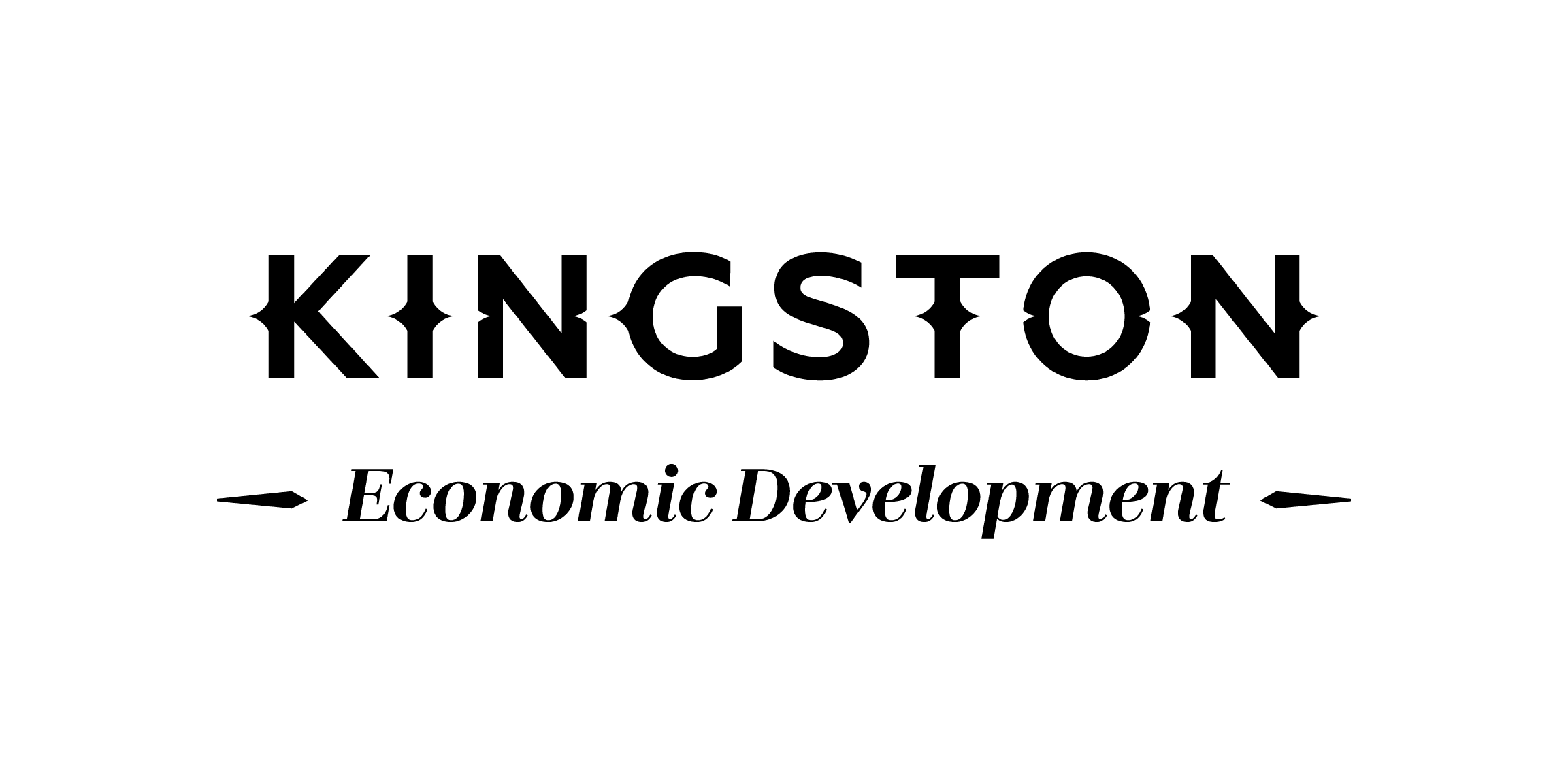 There’s a story that Jim Keech, the president and CEO of Utilities Kingston, likes to tell people to give them an idea of how Kingston works.
There’s a story that Jim Keech, the president and CEO of Utilities Kingston, likes to tell people to give them an idea of how Kingston works.
It was back in 1998, and Utilities Kingston had the idea that there might be local demand for a high-speed fibre optic network. “Remember back 20 years ago,” he says. “What was the internet?” Utilities Kingston had a hunch that, just maybe, if they built it, it might help spur economic growth.
Kingston’s politicians said yes. It was, Keech says, “very forward thinking to look at a system like this. They weren’t cheap. That the political leaders had the foresight and the nerve was pretty extraordinary.” As a result, he says, “We were way out in front of other municipalities our size at that time.”
Todays politicians are looking at what needs to be done to make sure that ten, twenty, even thirty years out Kingston has the infrastructure to meet business needs.
First off, might be connectivity. The City of Kingston plans on working with Utilities Kingston and private sector partners to make sure that broadband is available across the entire city – to be paid for by dividends collected from users of the city-owned high-speed fibre optic network. It’s early days yet, but the city is also working with one of the city’s educational partners to create a downtown campus that will down the road pay economic benefits.
Transportation is key, too – anyone seeking to set up here has to be able to travel in and out easily. With that in mind, the city is looking at expanding the city’s Norman Rogers Airport, both by increasing the length of the runways to accommodate larger aircraft and enlarging the terminal. This will offer opportunities for additional carriers and destinations. The city is working on plans for constructing a third crossing of the Cataraqui River, which will improve traffic flows and transit links between the city and its suburbs to east. It’s early days yet, but VIA Rail is also examining turning Kingston into a regional rail hub, which should further improve the city’s already good rail service.
Given its location, its human scale and its stock of historic buildings there can’t be many places in Canada that can give Kingston a run in the livable category, but the city has ambitious ideas there as well. In 2016, the city announced a waterfront action plan, which over the course of the next thirty years will spend $65 million to improve access to the water, the city’s greatest natural asset. A centrepiece of the plan will be a swimming dock named after the late Gord Downie, of Kingston’s The Tragically Hip. Downie is well-known for his environmental advocacy.
“We’re known as a city that has vision and energy,” says Gerard Hunt, Kingston’s chief administrative officer. “We think about the future and embrace the potential.”







